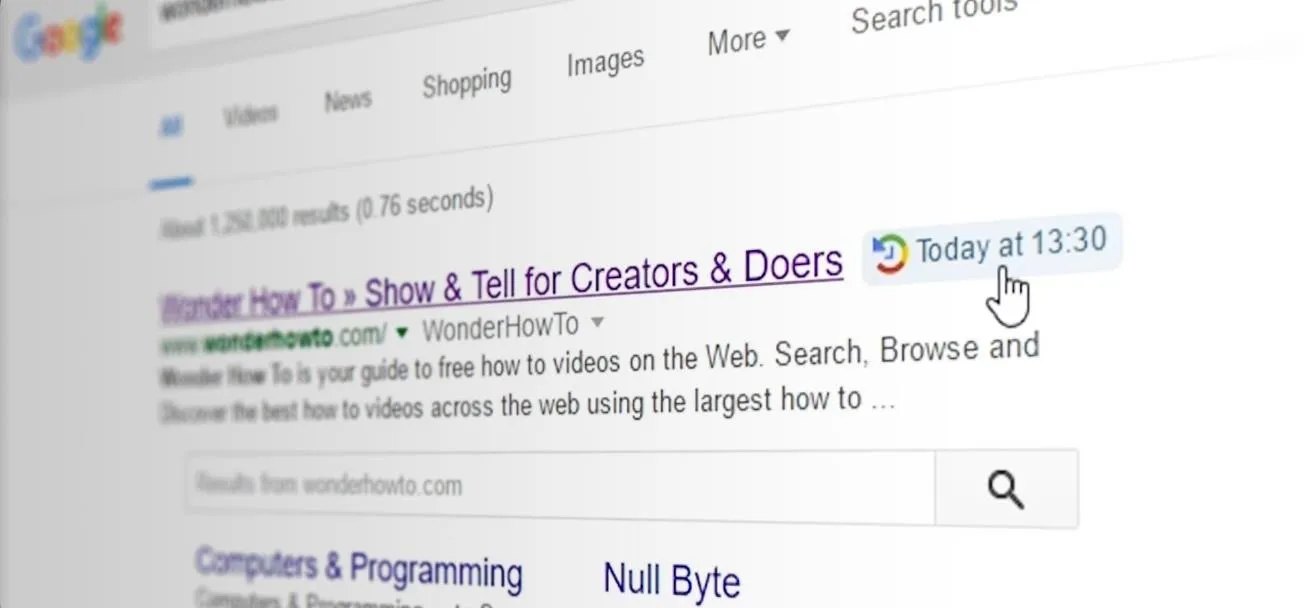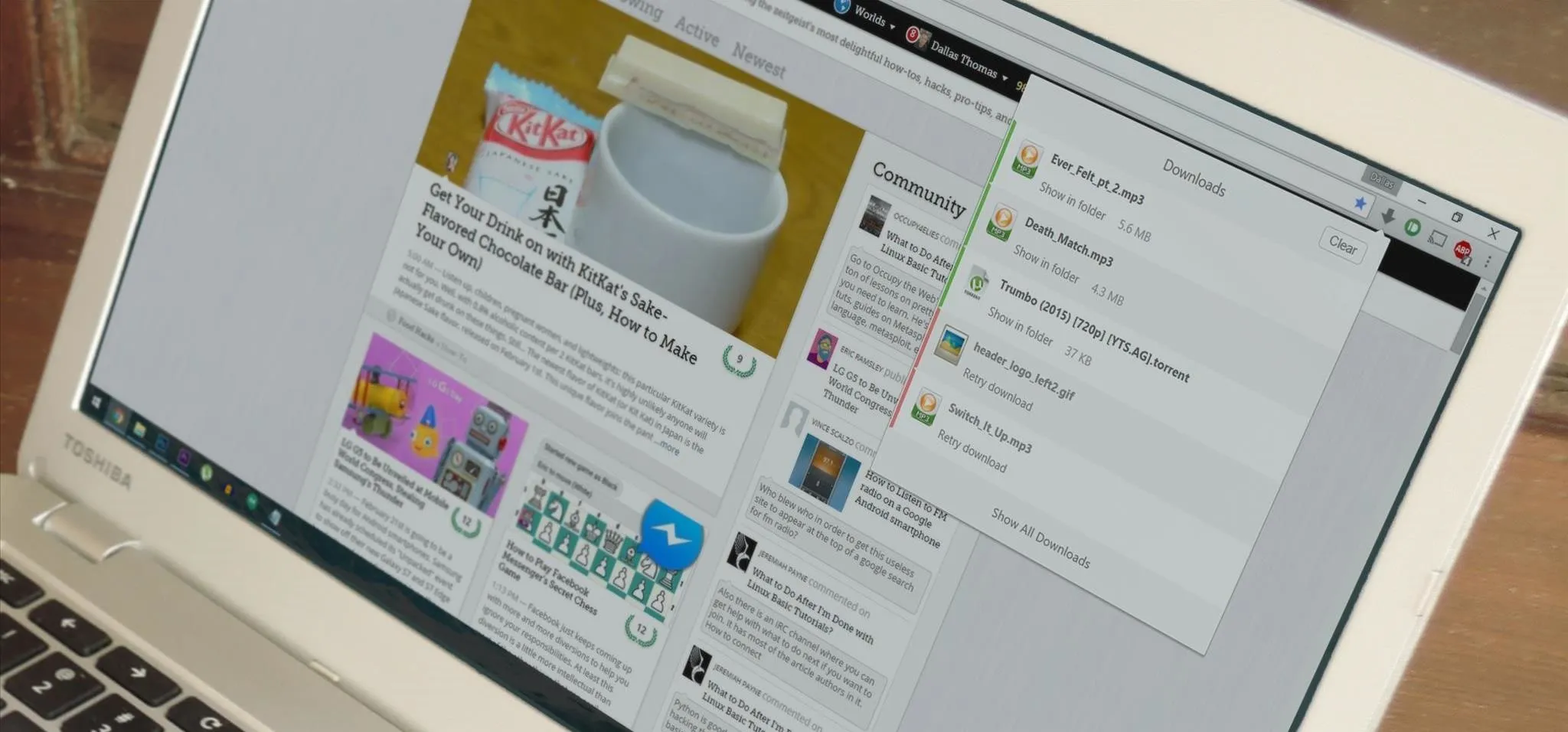One of the most frustrating things on the Internet are sites that make you register just to view content. I'm not talking about paywalls—I mean the sites that make you give them personal information to look at free articles or forum threads. Most people are uncomfortable with this because a lot of these sites either spam you themselves, or sell your information to someone else who will.
Sometimes, though, you can't find what you're looking for anywhere else and you're desperate enough to actually hand over your email address. Next time, before you do, try one of these tricks to get around registration instead. You may just save yourself a bunch of time that can be much better spent than by repeatedly clicking 'Delete.'
Temporary Email Addresses
There are plenty of sites that offer temporary or anonymous email addresses so you can register for a site without giving them your real one.
10 Minute Mail gives you a disposable address that expires in ten minutes, but you can extend by another ten as many times as you need to. TrashMail is similar, but it forwards the messages to your real inbox. You can keep it as long as you want, or set a specific length of time or number of messages to accept before terminating.

One of the most popular services for disposable email addresses is Mailinator. It doesn't require you to sign up at all. Anytime you need to use it, you can make up an email address, add @mailinator.com to the end of it, and an inbox will be created when a message is received. All you have to do to access it is type in the address.

Obviously, since there's no password required, you don't ever want to use Mailinator for anything sensitive, but that's not what it's for anyway. If you just need a quick burner account, it doesn't get much simpler. Plus, the inbox is public, so anybody can search it if they know the name, as well as use the same address.
With a tagline like 'let them eat spam,' what's not to love?
Google Cache
You can find a cached version of most sites from Google search results. Just search for the exact page you want to view, and hover over the double arrows to the right of the page title.

If it's available, you'll see a Cached link pop up under the title in the preview window to the right. Clicking on that will bring up a snapshot of the page. It may not have all the features of the regular site, but all the content will be there. Some sites do ask Google not to cache.
Add an Alias to Your Outlook or Gmail Account
If you use Outlook, Microsoft gives you the option to create up to five aliases a year for your account. All you have to do is go to Settings, then find More mail settings. Under Managing Your Account, there will be an option to Create an Outlook alias. Then, just choose an alias and a domain, click Save, and you're good to go.

You can also do something similar with Gmail, without having to mess with any settings. Just add a prefix or postfix to your Gmail address and the messages will still be sent to your regular inbox. You can set up a filter in Gmail to have all messages sent to the "alias" address marked as spam or sent to a different folder.
If you use Apple's iCloud Mail, you also get five free aliases, like Outlook. Just log on to your iCloud Mail account and click on Preferences from the gear symbol action pop-up menu. Then, go to the Accounts tab and Add an alias, then click OK and Done.

BugMeNot
Sometimes, other generous Internet users offer their BS accounts for others to use as well. One of the best sites for finding them all in one place is BugMeNot. All you have to do is type in the URL for the site you want to view, and BugMeNot will serve up a list of usernames and passwords for that site.

It also lets you know how many people have had success with those login credentials. And don't feel bad about using them—people willingly submit them to help others bypass restrictions. Do pass on good Internet Karma, though—if you have a throwaway account you use for a certain site, submit it so others can use it too!
BeTheBot
What's one site that no one would want to block from accessing their content? Google! Everyone wants to be found on Google, so when Google's crawlers or bots visit a site, they give it a special header that lets them bypass any paywall or restriction. A site called BeTheBot can help you trick sites into thinking you're a Google or Yahoo bot.

All you have to do is copy and paste the URL of the site you're trying to visit into the box, then click Go.
If you don't want to have to type each individual address into a site like BeTheBot, you can also hack your user agent so that all sites see the altered header when you visit them. You can find instructions for how to do so on Firefox, Opera, and Internet Explorer here, or you can use an add-on for Firefox or Chrome.
Just Google It!
Sometimes, you can find login credentials for sites just by searching on Google. If it works for coupon codes, why not site registrations? It may even be someplace as obscure as a forum or class syllabus where a teacher needed to have his or her class access a newspaper database for assignments. You never know where these things can pop up.
Do you know of any other tips, tricks, or sites that can help bypass site registrations? Let us know in the comments below.























Comments
Be the first, drop a comment!